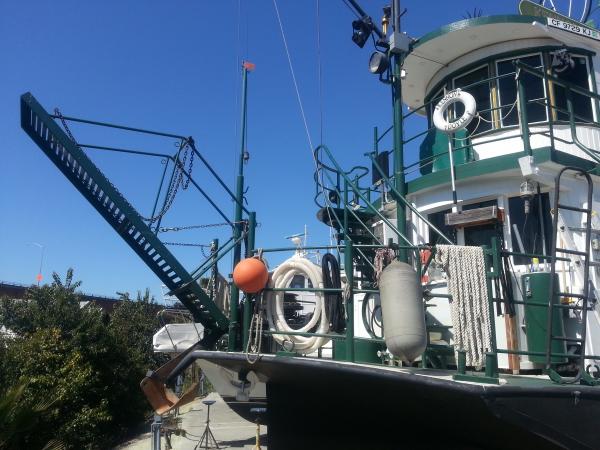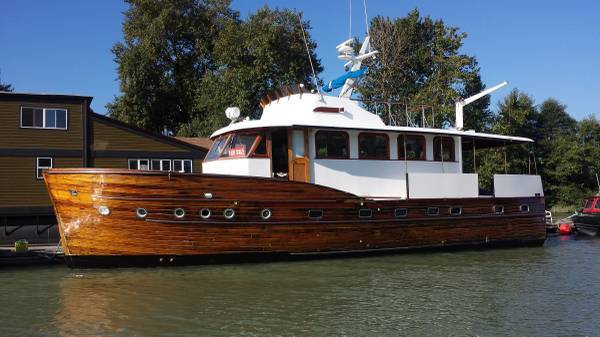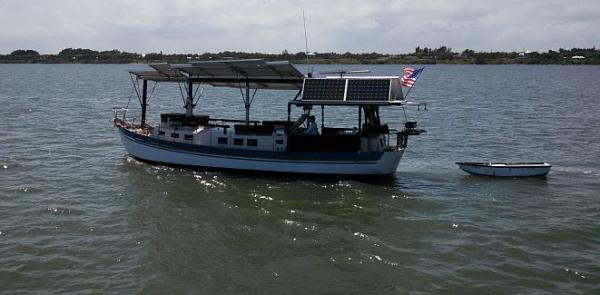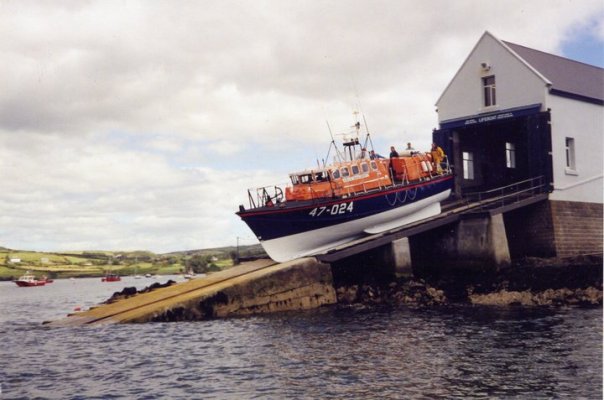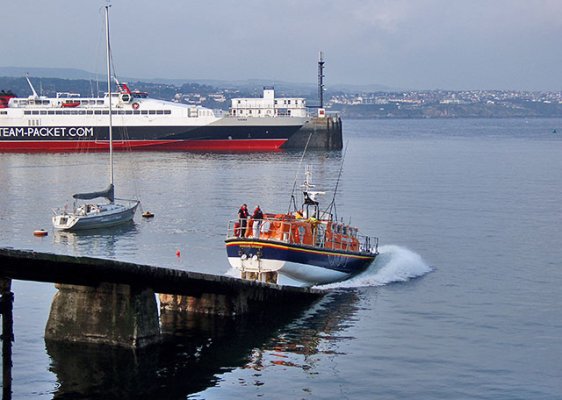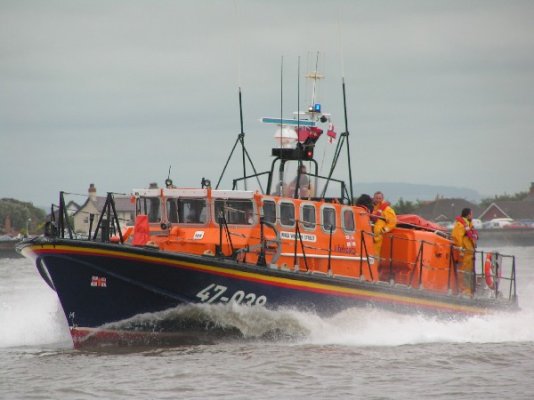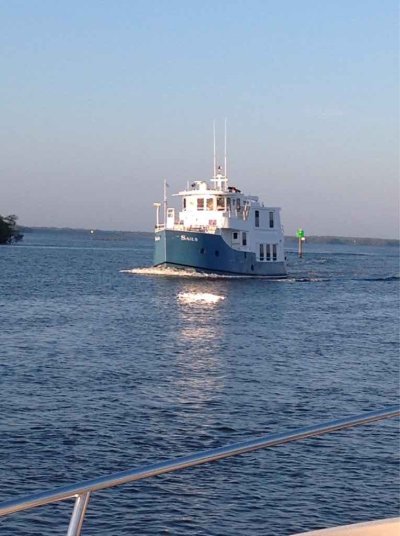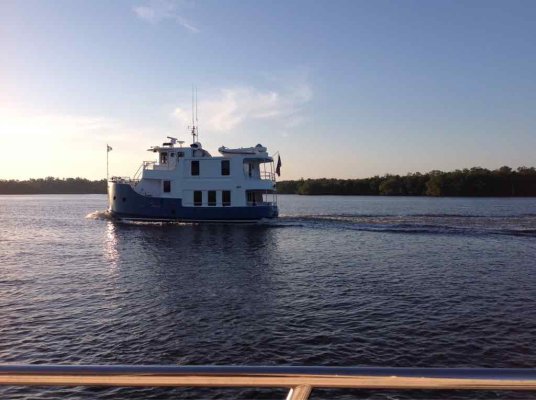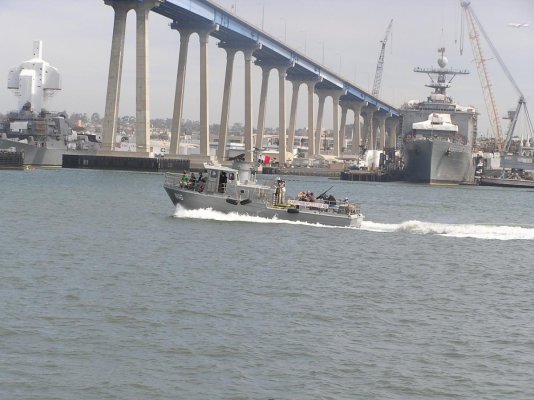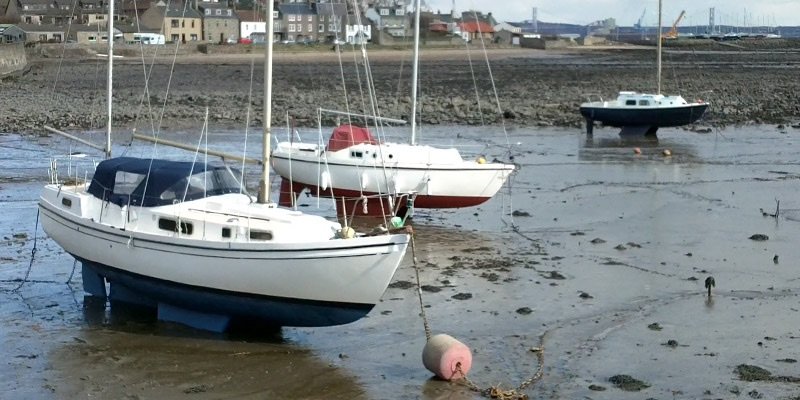I gather this boat was surplus, the RNLI is re-equiping with smaller/faster jet boats.
The Tyne-class boats are still being used although some have been replaced with a similarly sized newer type. For example, the
William Street, the one I got to drive, is still the Fleetwood lifeboat.
The newest lifeboat class is the Shannon-class which is roughly the same size as the Tyne-class, 13 meters for the Shannon, 14 meters for the Tyne. The Shannon boats are powerd by two 650 hp Scania diesels with Hamilton water jet drives. They are capable of 25 knots.
A goal of the RNLI has long been to have a 25 knot fleet. Their larger boats are already capable of this. Once the Shannon boats fully replace the older Tyne and Mersey class boats this goal will be realized.
The RNLI is privately funded, mostly by donations. They get no government funding and never have. (The UK has a government coast guard but it does not do what the RNLI does). So phasing in the new Shannon boats will be a long process.
Eric- Our new boat in Europe has a hull quite similar to the Tyne boats but with a flatter after section and three engines instead of two. It has a pair of fins or bilge keels similar to the Tyne boats. These "keels" serve two purposes. One, they add tremendous stability to the boat at cruise speeds in rough water, which depending on how rough it is is 15 to 30 knots. Two, they allow the boat to sit upright on the bottom when the tide goes out.
This is a very common feature on sail and some power boats in places like the UK where the tidal range is huge and the bottom slope is very shallow. For example at Morecambe Bay where the
Street is stationed, when the tide is out the bay is dry to the horizon other than the dredged channels. Because of the almost imperceptible bottom slope, when the tide comes back in, it moves faster than a man can run, in some places faster than a horse can run. This makes the bay extremely dangerous and over the years there have been many deaths due to the flooding tide overtaking and drowning people who've been out harvesting cockles and other shellfish.




